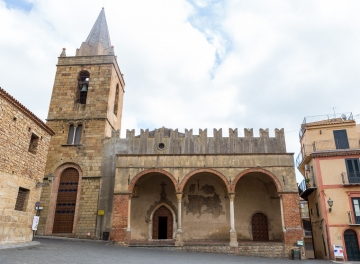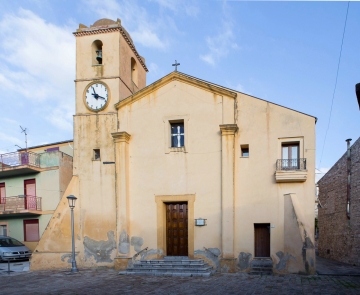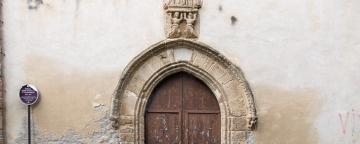Chiesa delle anime sante - Valledolmo
Chiesa delle anime sante - Valledolmo
The article 24 of the deed stipulated in Polizzi between the count Giuseppe Cutelli and the first town settlers of Castel Normanno, imposed the Count to build a catholic church big enough to ensure the practice of worship to the people, all at his expense.
This article was justified by the presence of the Chapel built by the Baron don Antonio Cicala, unoffical town founder, which during years became too small for the people needs. His nephew, a very religious man, kept faithful to the commitment and with sincere enthusiasm started the construction of the sacred building based on a simple but nice project. The original shape of the building can be admired, still visible on the existing facade, which a century ago, having given space to a provincial road, had to be restored and maybe partially modified due to nuns needs. The great bell of Cicala Chapel, nowdays Rosary oratory, was located on the bell tower of majoris Sanctae Mariae Boni Pinsieri, to whom was dedicated as sign of gratitude and thanks by the founder. On the edge of this bell is written: "D. Anonino cicala. Valle dell'Ulmo Baron 1645".
The building was completed on 1654 and was blessed and inaugurated by Cefalú bishop.
The church attached to the southern side of the ancient feudal farm, has a single nave and is built in a composite Corinthian Roman style. It was dedicated to the "Madonna del buon pensiero", whose statue, after being worshiped for more than a century on the high altar, was moved to the sacristy and duly preserved by the nuns to our days. The person responsible of the transfer was the local archpriest monseigneur Randazzo, who, heedless of local traditions, changed the church name in Holy Souls and dedicated the high altar to the Mother of the Rosary. The new church, as usual at the time, was used also as burial place, until the present Mother Church was built. Inside it, besides the four side altars, one of which intended for the Crucifix, were built the mausoleums for Catalonia duchess Anna Summaniata, first wife of count Giuseppe, and for count Antonio Cutelli, killed on 5 August 1711.
The construction of the provincial road on 1892, which crossed the town, deprived the church of the entrance stairs which granted it a certain importance, and to facilitate the access two or three steps were added in its interior.








